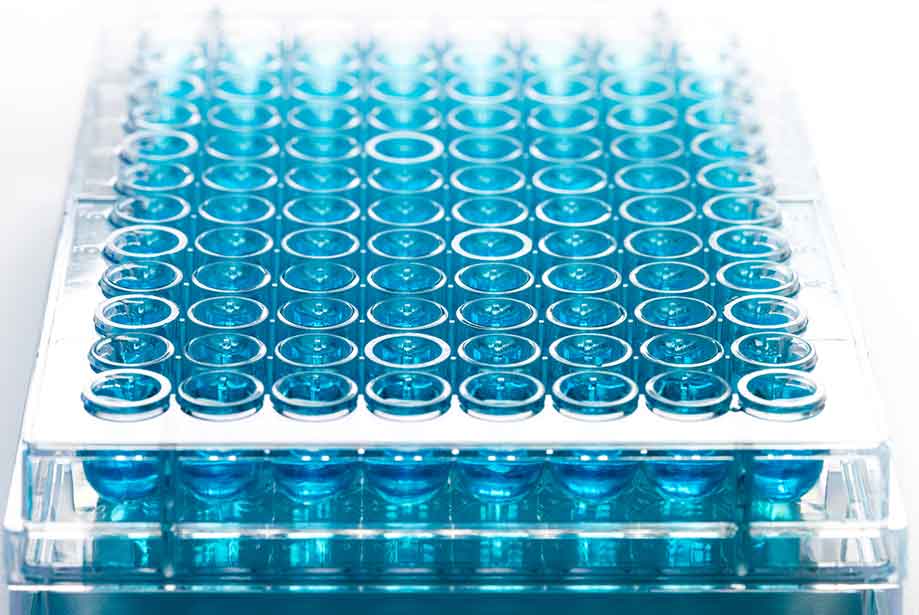Being one of the most cost-effective, simple, and specific immunoassay methods, ELISA is increasingly employed in new drug discovery and drug discovery life cycle studies. Besides ELISA assay development, ELISA kits are available for research and clinical applications. However, these kits may be expensive for laboratories on a tight budget, especially in a research setting. Hence, many laboratories with a limited budget or for analyzing large numbers of samples focus on developing their own ELISA method.
. Immunoassays such as PK elisa assay provides crucial drug discovery and development data. Despite being user-friendly, there are numerous factors involved in ELISA assay development and method validation. Hence, the ELISA method should be robust enough to produce reliable study data. The current article highlights ten tips to design and perform ELISA method validation.
Focus on the coating surface
While developing and validating ELISA assays, researchers must test several microplate surfaces to determine the most optimal surface for antibody/antigen binding. Although most plates have a plastic coating, they differ in their binding properties. Hence, researchers must choose assay surfaces wisely.
Achieve proper sample dilution
Sample dilution is the key to controlling assay variability. However, sample dilution is often overlooked, which creates variation between different assay runs. Such variability misleads researchers while comparing samples in assay runs. Hence, researchers should adequately dilute samples before experimental runs.
Choose blocking agents wisely
An ideal blocking agent must give the best S/N ratio. Biological blockers such as BSA are widely used in immunoassays. However, being a biological agent, they can vary between batches. Hence, the most critical factor researchers must consider while choosing a blocker is batch to batch variation.
Secondary antibodies
Like blocking agents, batches of secondary antibodies are subjected to variation. Hence, researchers must run preliminary experiments to confirm antibody concentrations in subsequent analysis.
Dynamic range
Having samples within the dynamic range is crucial for analyzing assay plates. Today, several modern plate readers can adjust the dynamic range. However, when these plates are not available, researchers must consider the maximum OD for designing the standard curve.
Intra-well consistency
Testing standardization and consistency are crucial for accurate and reproducible results. Initially, technicians must systematically test a range of parameters. Besides, temperature, buffers, and humidity must be considered for maintaining consistency between wells.
Do not solely focus on antibodies
It is common to see technicians solely focusing on antibodies when troubleshooting ELISA development and validation protocols. However, it is crucial to understand that antibodies are just one component of the entire assay, and adequate focus must be on individual assay elements.
Antibody performance
Most of the time, poor antibody performance is due to improper handling of the antibodies. These instances include storage at wrong temperatures and repeated freeze-thaw cycles. Hence, researchers must handle antibodies with utmost care.
Rigorous validation
An ideal validation protocol must consider each element of the intended analyte of interest. Moreover, researchers must test the samples in numerous matrices, including real and spiked samples.
Each ELISA assay development is unique
ELISA assay development and validation depend on the nature and abundance of the analyte of interest and the availability of antibodies and experimental elements. Hence, believing that an ELISA can be used for all analyses is a common misconception, and researchers must individually optimize each ELISA assay.

